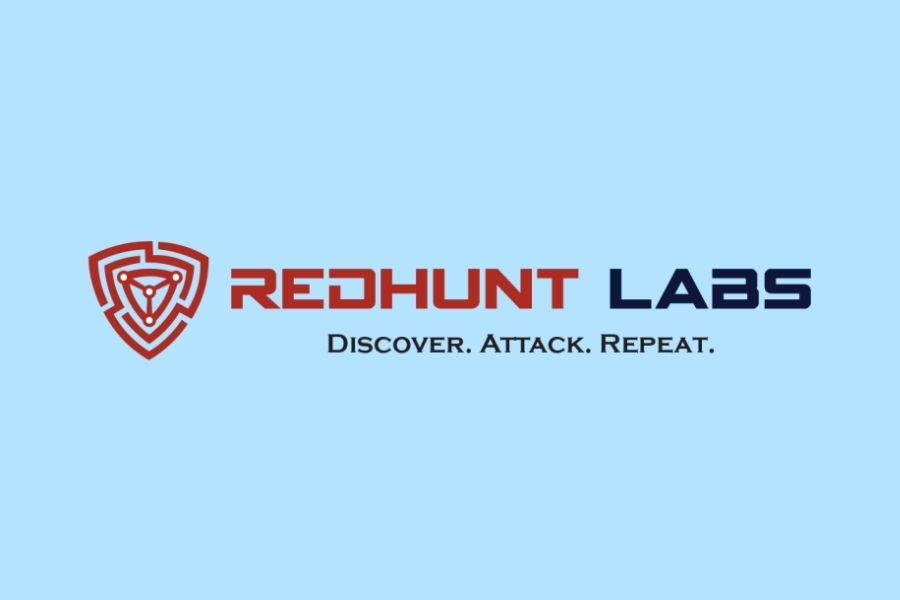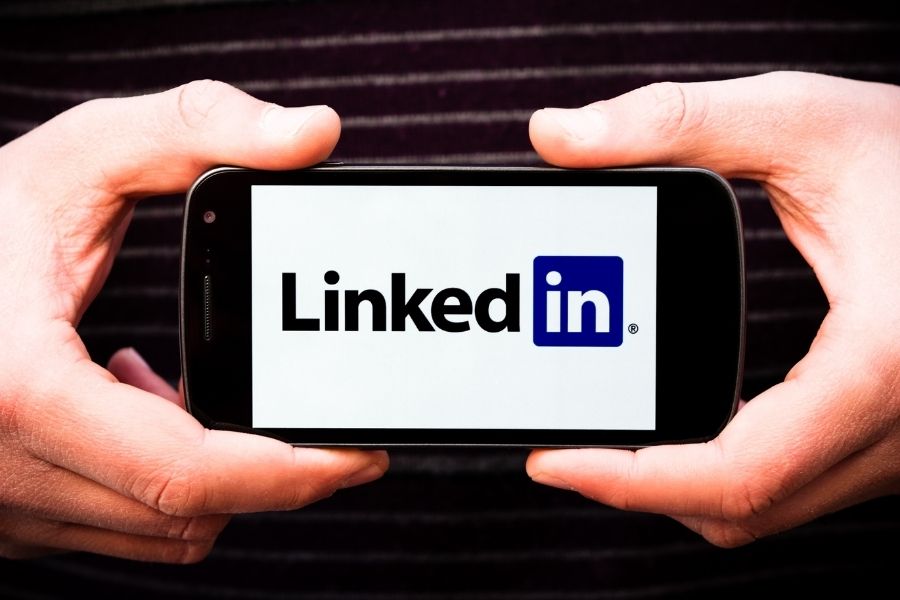The pandemic created unforeseen problems in the world of work — a need for greater technological infrastructure, options for childcare and paid sick days and security concerns over video conferencing software.
One problem facing work that isn’t so unforeseen, however, is the introduction of Generation Z into the workforce.
Gen Z — those born between 1997 and 2012 — is expected to make up 27% of the workforce by 2025. Having grown up with technology and social media at their fingertips, Gen Z is the most technologically experienced and most racially diverse generation yet.
They’re also entering the workforce amid the pandemic, having completed their first years of work or last years of college remotely or postponing them entirely.
With even more limited work experience coming out of post-secondary studies than normal, you may be left wondering how to evaluate Gen Zers with thin resumes.
Additionally, Gen Z has very different expectations of work compared to previous generations, forcing companies to alter branding strategies and consider different tactics to attract and retain these new employees.
What Gen Z Wants
Though each labelled generation — be it Baby Boomers, Gen X, Millennials, or Gen Z — has characteristics that distinguish it from the others, the gap between Gen Z and previous generations is especially wide.
Not only were they born digital natives, Gen Z also grew up during a financial crisis and under the shadow of climate change. This has created a generation that is fiscally conscious and values companies that are socially responsible and mindful of their environmental impact.
This includes evaluating a company’s commitment to diversity, equity and inclusion (DEI) initiatives, both as consumers and potential employees. Sixty-nine percent of Gen Zers would be more likely to apply to a company that emphasized DEI in its recruitment materials.
Sixty-nine percent of Gen Zers would be more likely to apply to a company that emphasized DEI in its recruitment materials.
Given the choice between well-paid but boring work and stimulating but low-compensation work, Gen Z is split, prioritizing work-life balance more than previous generations.
This reinforces a trend Gen Z is bringing to the work world: the slow-up. Despite the ability to be connected more than ever, Gen Z is distancing itself from work. Gen Zers work less once tasks are completed and will limit the hours during which they will respond to work emails.
This generation is graduating into a world where work is remote and there is more opportunity to focus on family and hobbies outside of work. Hyper-focusing on work with no room for other aspects of life is no longer the norm.
In terms of work environments, Gen Z values proactive communication and transparency at work. This includes clarity on responsibilities when applying to jobs as well as regular check-ins with supervisors once in the role.
They also prefer face-to-face communication and creating strong connections with other employees.
A Resume By Any Other Name
The unique world Gen Z finds itself in is creating problems with moving from secondary and post-secondary education to the workforce. Only 58% of Gen Z is employed from the ages of 18 to 21, compared to 72% of millennials during the same age range.
Moreover, opportunities for internships and co-op placements while in school have been limited by the pandemic. Resumes, usually the go-to for initial screening during hiring, may not be the best option to determine an applicant’s suitability for a position.
Resumes, usually the go-to for initial screening during hiring, may not be the best option to determine an applicant’s suitability for a position.
While they are a good resource to showcase an applicant’s previous roles at a glance, resumes are not the best way to demonstrate skills and behaviours.
One alternative is to reconsider experience and education requirements and incorporate hard and soft skills testing into the hiring process instead.
If a four-year university degree and three years’ experience are not essential to success on the job but proficiency in Python and the ability to work with others — skills that can be obtained outside of the workplace — are, then ensure it’s reflected in the job posting. Gen Z prefers clear and open communication, after all.
To screen a large number of applicants without the use of resumes, tools such as AI hiring software can be used to test for skills and behaviours that align with the open position.
Focusing on transferrable skills and asking scenario-based questions can provide a better picture of the candidate’s work style than a resume would. This process can also prevent screening out candidates without traditional education and experience, but who have the necessary skills from other sources.
Attracting a New Generation
You don’t have to reinvent the wheel to figure out how to hire Gen Z — though maybe off-roading tires would work better than wooden wheels in this case.
Considering the wants and needs of young people entering the workforce, along with the current state of the world, there are a few ways you can tailor your hiring and retention efforts to attract Gen Z.
1. Avoid the candidate black hole
One of the most disheartening experiences for candidates and damaging situations for employers is the candidate black hole: when someone applies to a job and never hears back, at times even after multiple interviews.
Gen Z is not only a generation that values communication, it’s also one with social media at its fingertips and a willingness to post about negative job search experiences.
Improving the candidate experience can be as simple as an email confirmation that an application was received and can save your brand reputation down the line.
2. Go beyond words
Addressing diversity and sustainability in company documentation is important, but Gen Z is looking for more than empty promises.
They care about societal challenges like climate change and diversity, both in race and gender and in gender identity and sexual orientation.
Commit to diversity in hiring, but don’t stop there: 70% of Gen Zers are concerned about inclusion in the workplace.
3. Promoting growth
Even in a turbulent job market, Gen Z is keen to stay at workplaces long-term. This doesn’t mean stagnation, however, as 75% want to explore multiple roles at the same company.
Emphasize the development and growth your company can offer, whether it might be in the form of mentorships, training, or volunteer experiences. Gen Z wants to make connections, and one way to do that is to provide opportunities that cater to them on an individual level.
4. The internet is no longer optional
Gone are the days of searching for job ads in the newspaper. The most popular platform Gen Z uses to learn about companies is YouTube.
They also check sites like Instagram, Facebook, Snapchat, LinkedIn, Twitter, and Glassdoor. While you probably don’t need an account on all of these platforms, having a comprehensive social media marketing strategy in place will immediately make your company more appealing and show candidates that you’re living in the 21st century, too.
Gen Z is just different enough from previous generations that paying attention to what makes them tick is vital to incorporate them into your workforce. Resumes don’t have the same value they once did and technology is playing a bigger role in hiring than ever, both in marketing and the candidate selection process.
From growth opportunities to socially conscious initiatives, Gen Z wants to work for companies that take responsibility and communicate. Sometimes, that starts with a simple acknowledgment email.
















